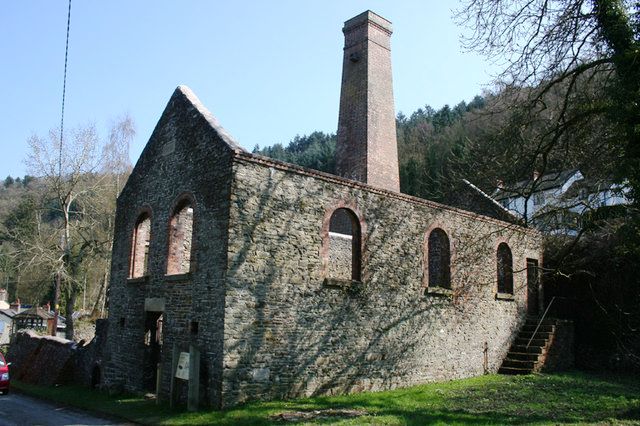 |
Northern Mine Research Society Registered Charity 326704 |
Snailbeach Mine
 |
Copyright © Expresso Addict and licensed for reuse under this Creative Commons Licence |
From 1857 the mine was managed by Stephen Eddy, who ran the Duke of Devonshire's lead mines at Grassington and Cononley in Yorkshire. Together with his son, Eddy made the mine run more efficiently and made the miners work eight hour shifts. Dressing and smelting processes were both improved. The latter by building a new smelt mill, with a long flue, nearer the mine.
Stephen Eddy died in 1861 and his son, James Ray, ran the mine until he was replaced by Henry Dennis, from Debighshire, in 1871. This began another period of investment. Old Shaft was deepened, enlarged and fitted with cages in 1872. This saved each man 1½ hours per day spent climbing ladders! The cages were driven by a new horizontal winding engine. The dressing floors were further improved and partly mechanised, and compressed air rock drills and winches were introduced in 1881. This speeded up driveage rates and cut handling costs in the mine. The mine was also linked to the Snailbeach District Railway.
Unlike many lead mines, Snailbeach kept working during the years of low lead prices after 1870, but output fell sharply in the mid 1880s as the limits of the orebody were reached. The smelt mill closed in 1892, but there was sufficient ore for work to continue until January 1911, when pumping stopped. The workings had bottomed at around 505 metres below the Day Level. Some upper levels continued to be worked for barytes until the mid 1950s. It was also recovered from the mine dumps.
No record of the mine's output has survived for its first 63 years, but from 1845 to 1913 some 132,000 tons of lead ore were produced. To that can be added 42,140 tons of barytes between 1860 and 1913; 4,390 tons of zinc from 1858 to 1913; and 904 tons of fluorspar from 1874 to 1879.
The Shropshire County Council acquired much of the site in the early 1990s and consolidated much of what is a fine complex of buildings, putting them on show to the public. Snailbeach Mine (in the village of Snailbeach near Minsterley, off the A488) is open most Sundays from June to September, plus some other Bank Holidays.
Sources for further information: Please note NMRS does not have any control over the contents of external websites